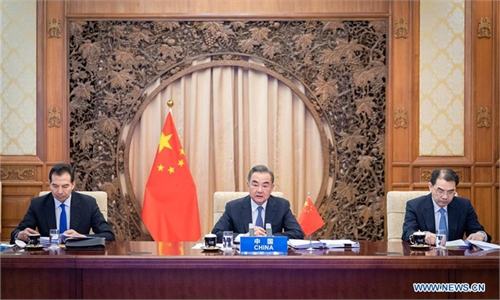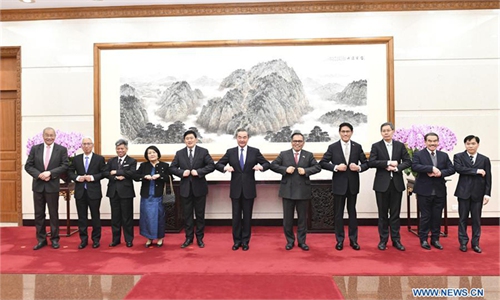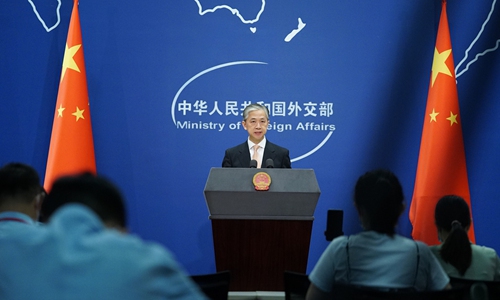COMMENTS / EXPERT ASSESSMENT
Chinese investments grow in ASEAN as economic ties deepen

Illustration: Tang Tengfei/GT
Despite the deadly novel coronavirus hitting the global economy, China and members of the Association of Southeast Asian Nations (ASEAN) have seen economic exchanges heat up, including surging trade and investment flows, which maintain the momentum for further rosy growth based on deepened bilateral economic ties.ASEAN has become the largest trade partner of China. It has also drawn rocketing Chinese capital inflows. According to the Mission of the People's Republic of China to ASEAN, China's direct investment in ASEAN in the first three quarters reached $10.72 billion, surging 76.6 percent year-on-year. Investment from ASEAN into China increased by 6.6 percent year-on-year, led by Singapore, Thailand and Malaysia.
China and ASEAN have long seen strengthening economic ties, and higher investment from China into ASEAN is in line with accelerating bilateral trade. Growing trade has brought demand for localized production or business operations, which in turn has boosted capital flows.
Most ASEAN members have established comprehensive cooperation with China under the framework of the Belt and Road Initiative (BRI) and formed relatively mature cooperation patterns. Many cooperative projects resumed operation rapidly after the initial shock of COVID-19, which could be one reason for stronger Chinese capital inflows.
During the first half of the year, China's investment in ASEAN accounted for 76.7 percent of the country's total investment in countries and regions under the framework of the BRI.
The hard-won trade and investment gains amid the pandemic show the great potential of further cooperation.
The two sides have great economic complementarities, and they have taken part in the ASEAN-China Free Trade Area for 10 years. As one of the most energetic free trade zones in the world, it has further promising prospects. The Xinhua News Agency reported that bilateral trade grew to $641.5 billion in 2019 from $292.8 billion in 2010.
With the pandemic shattering industry chains, it is expected to be more integration of Chinese industries and developing ASEAN markets. Although Chinese investment in ASEAN may not keep expanding as fast as 76 percent annually, sustained growth is foreseen, as China has shown a commitment to promote regional economic integration, and the two sides have made efforts to further enhance ties, including promotion of the Regional Comprehensive Economic Partnership.
Under market principles, China and ASEAN are seeking more efficient development. For instance, agricultural industries and cooperation on industrial capacity are areas in which the two sides could cooperate.
As the markets of China and ASEAN reach a higher degree of integration, this will further promote the regional economic integration between East Asia and Southeast Asia.
The article was compiled based on an interview with Zhao Gancheng, director of the Center for Asia-Pacific Studies at the Shanghai Institute for International Studies. bizopinion@globaltimes.com.cn



